Hidden Insect Game – Learn about Insect Camouflage
Today as part of our storybook summer we’re going to investigate and learn about insect camouflage as part of our bug week – check out the fun activities we’ve already shared this week, Doug the Bug Craft and Game, Flying Bad Tempered Ladybugs. Trisha from Inspiration Laboratories is sharing a simple but really good way to teach kids about insect camouflage with the book Dot & Jabber and the Big Bug Mystery[affiliate link] by Ellen Stoll Walsh. Here’s Trisha to share this fun activity with you.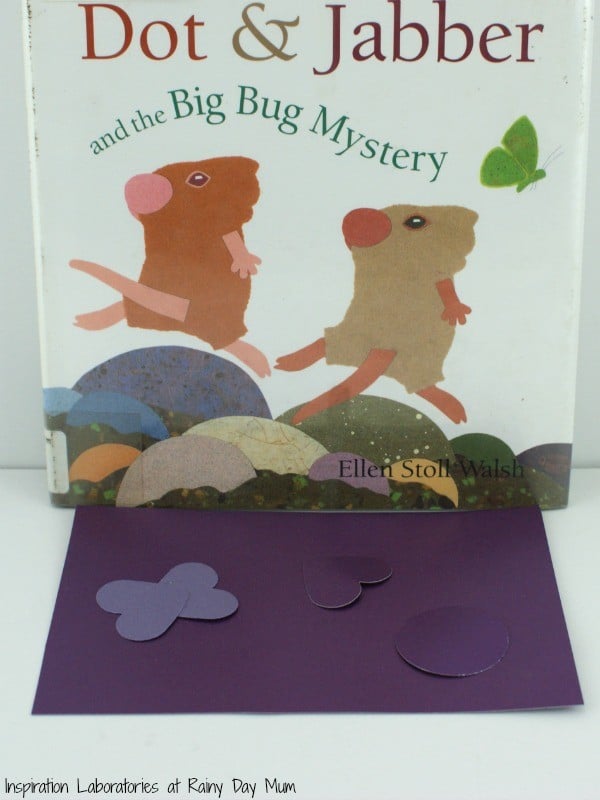
This hidden insect game was inspired by Dot & Jabber and the Big Bug Mystery [affiliate link] by Ellen Stoll Walsh. It is such a fun way to learn about insect camouflage. After playing the game, head outside and try to find insects hidden in your own backyard.
Dot and Jabber and the Big Bug Mystery by Ellen Stoll Walsh
Ellen Stoll Walsh is known for books like Mouse Paint and Mouse Count. She has a cute series of books about two little mice named Dot and Jabber. They always have a mystery to solve. This time they are observing all of the bugs around them when all of a sudden the bugs disappear. Dot and Jabber don’t know where they went so they set out to look for clues. Eventually, they notice the bugs are hiding in plain sight from frogs and other predators. The book makes for a lovely introduction to camouflage. Can you spot the insects hidden on each page?
We have included links to the products and books used in this activity. If you buy from these links we may earn a small commission.
Hidden Insect Game
Inspired by the story, I created a hidden insect game to learn about insect camouflage. All you need are different colored paper and patterned paper, scissors, and a circle craft punch and heart punch.
I used a circle punch and a heart punch to create some insect-like shapes. I modified some of them with scissors.
Lay out the background squares and have your child determine where the insects can best hide. Where will they be camouflaged?
u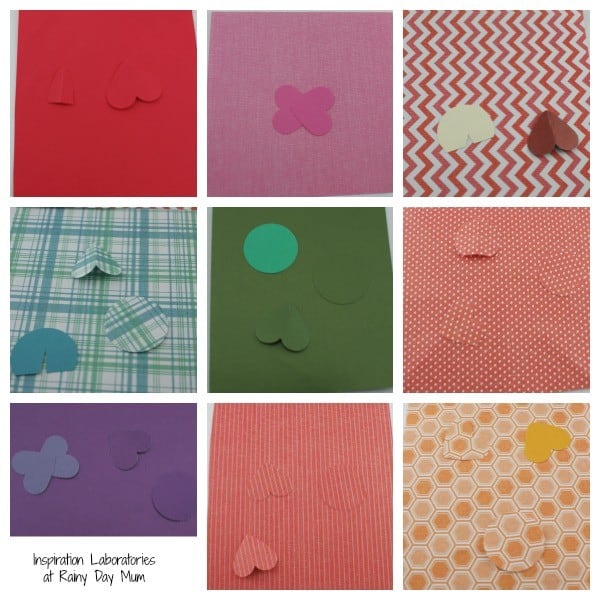
You could also set it up one square at a time. Which insects will blend in with this background?
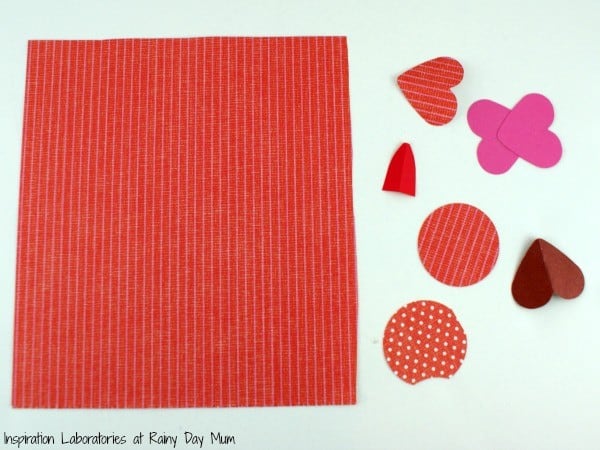
Which insects will be camouflaged on this paper?
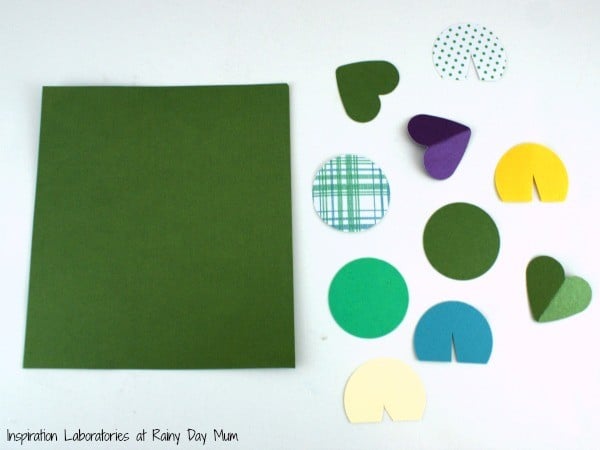
I used several different colors for the insects but only a limited number of backgrounds. My son and his friend were concerned that not all of the insects had a place to hide. This was the perfect opportunity to talk about different adaptations besides camouflage.
I asked the kids how they thought these insects might escape being eaten. What could they do? They said some insects fly really fast. I asked them about bees. What defense do bees have? They first said they fly fast, too. Then, they added that bees can sting. What about ladybugs? Some ladybugs are bright red. How do they escape predators? My son said they are poisonous. Ladybugs taste bad to many organisms so they are often left alone. Their bright red color warns others away.
Look for Camouflage Outside
Head outside and see what animals you can find using camouflage. Here are 3 insects that we recently found in our backyard.
This leaf insect was in our garden. Do you see how its wings look like a leaf?
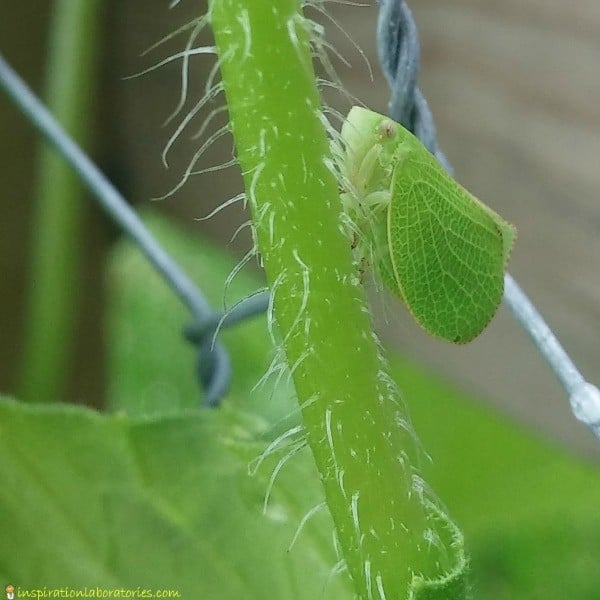
This butterfly isn’t camouflaged on the leaf. Where would it be camouflaged? Maybe on a flower or a tree?
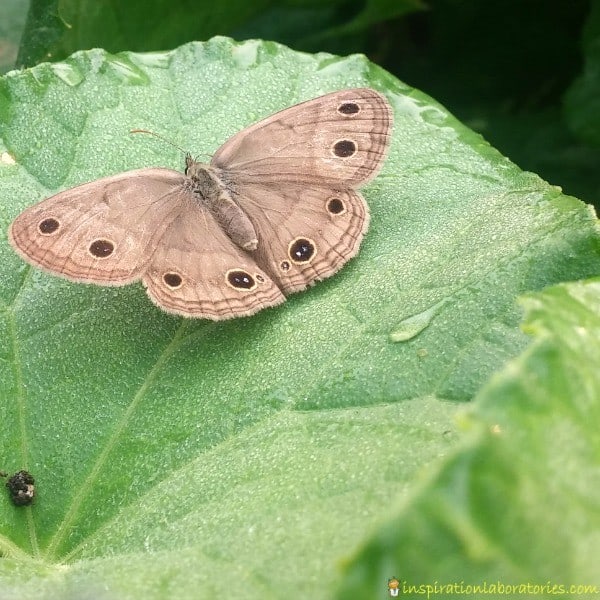
How cool is this caterpillar? It looks like a stick with thorns.
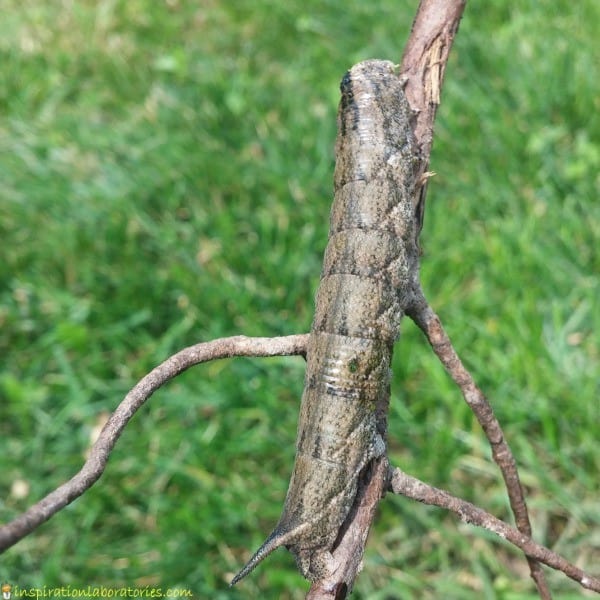
More Science Ideas from Inspiration Laboratories
- 22 Outdoor Science Experiments and Activities
- Cookie Delivery Rube Goldberg Machine inspired by If You Give a Mouse a Cookie
- Make a Hurricane – Weather Science for Kids
Trisha Stanley
Trisha is an educator with a passion for science literacy and mom to Aiden, Lily, and Elon.
She’s the creator of Inspiration Laboratories, a blog dedicated to encouraging learning through creativity and play.



This is such a fun idea, I can’t wait to try with my Prekinders